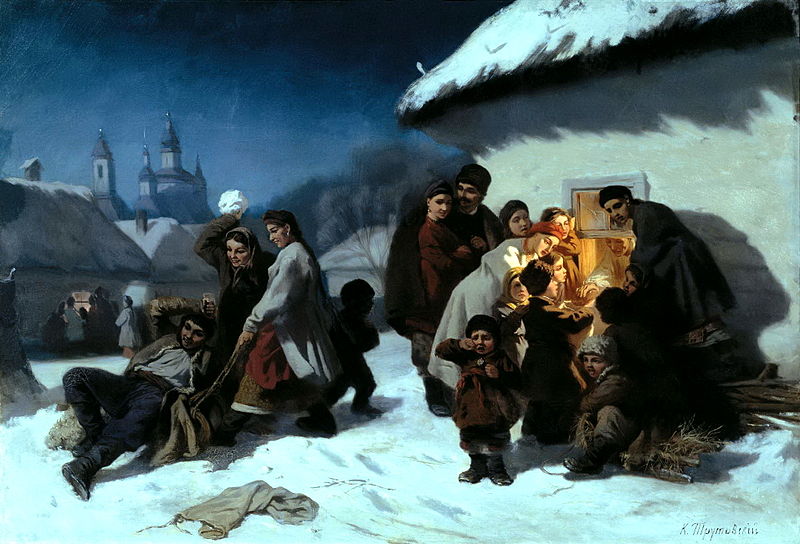First - Aid English
Pages
Приветствие
Dear guests!
I am glad you are visiting my blog. You are welcome to use the information here, add notes and write comments.
Sunday, August 30, 2015
Sunday, March 8, 2015
Thursday, December 25, 2014
Friday, May 2, 2014
Monday, February 10, 2014
St. Valentine's Day falls on February 14, and is the traditional day on which lovers in certain cultures let each other know about their love, commonly by sending Valentine's cards, which are often anonymous.
Legends of Valentine’s Day
One legend says that Valentine was a priest who served during the third century in Rome. When Emperor Claudius II decided that single men made better soldiers than those married, he outlawed marriage for young men.
Valentine, realizing the injustice of the decree, defied Claudius and continued to perform marriages for young lovers in secret. When Valentine’s actions were discovered, Claudius ordered that he be put to death. And Valentine’s Day is celebrated in the middle of February to commemorate the anniversary of Valentine’s death, which probably occurred around 270 A.D.
According to another legend, Valentine actually sent the first ‘valentine’ greeting himself. While in prison, Valentine fell in love with a young girl, his jailor’s daughter, who visited him during his confinement. Before his death, he wrote her a letter, which he signed ‘From your Valentine,’ an expression that is still in use today. Legends usually says that Valentine was a sympathetic, heroic, and romantic person. In the Middle Ages, Valentine was one of the most popular saints in England and France.
Sunday, January 12, 2014
Kolyada
Russian traditions
Russians' pagan ancestors celebrated Kolyada, a winter solstice holiday. Early Slavs celebrated it from December 25 to January 6, as if they knew already back then that centuries later these will become almost the exact dates marking the New Year festive season in modern Russia.
Kolyada lasted 12 days, the ritual was presided over by 12 priests, and they predicted the future harvest using 12 sheaves of wheat and water from 12 wells. As you have probably guessed, the figure 12 had a special role to play in that holiday.
Sunday, December 29, 2013
New Year's HistoryThe celebration of the new year is the oldest of all holidays. It was first observed in ancient Babylon about 4000 years ago. In the years around 2000 BC, the Babylonian New Year began with the first New Moon (actually the first visible cresent) after the Vernal Equinox (first day of spring).The first time the new year was celebrated on January 1st was in Rome in 153 B.C. (In fact, the month of January did not even exist until around 700 B.C., when the second king of Rome, Numa Pontilius, added the months of January and February.) The beginning of spring is a logical time to start a new year. After all, it is the season of rebirth, of planting new crops, and of blossoming. January 1, on the other hand, has no astronomical nor agricultural significance. It is purely arbitrary. |
Chinese calendar
The Chinese Zodiac, known as Sheng Xiao, is based on a twelve year cycle, each year in that cycle related to an animal sign. These animal signs are the rat, ox, tiger, rabbit, dragon, snake, horse, sheep, monkey, rooster, dog and pig. It is calculated according to Chinese lunar calendar.
For a long time there has been a special relationship between humans and the 12 zodiacal animals. It is believed that the years represented by the animals affect the characters of people in the same manner as the sign of zodiac adopted by western civilizations.
Subscribe to:
Posts (Atom)





